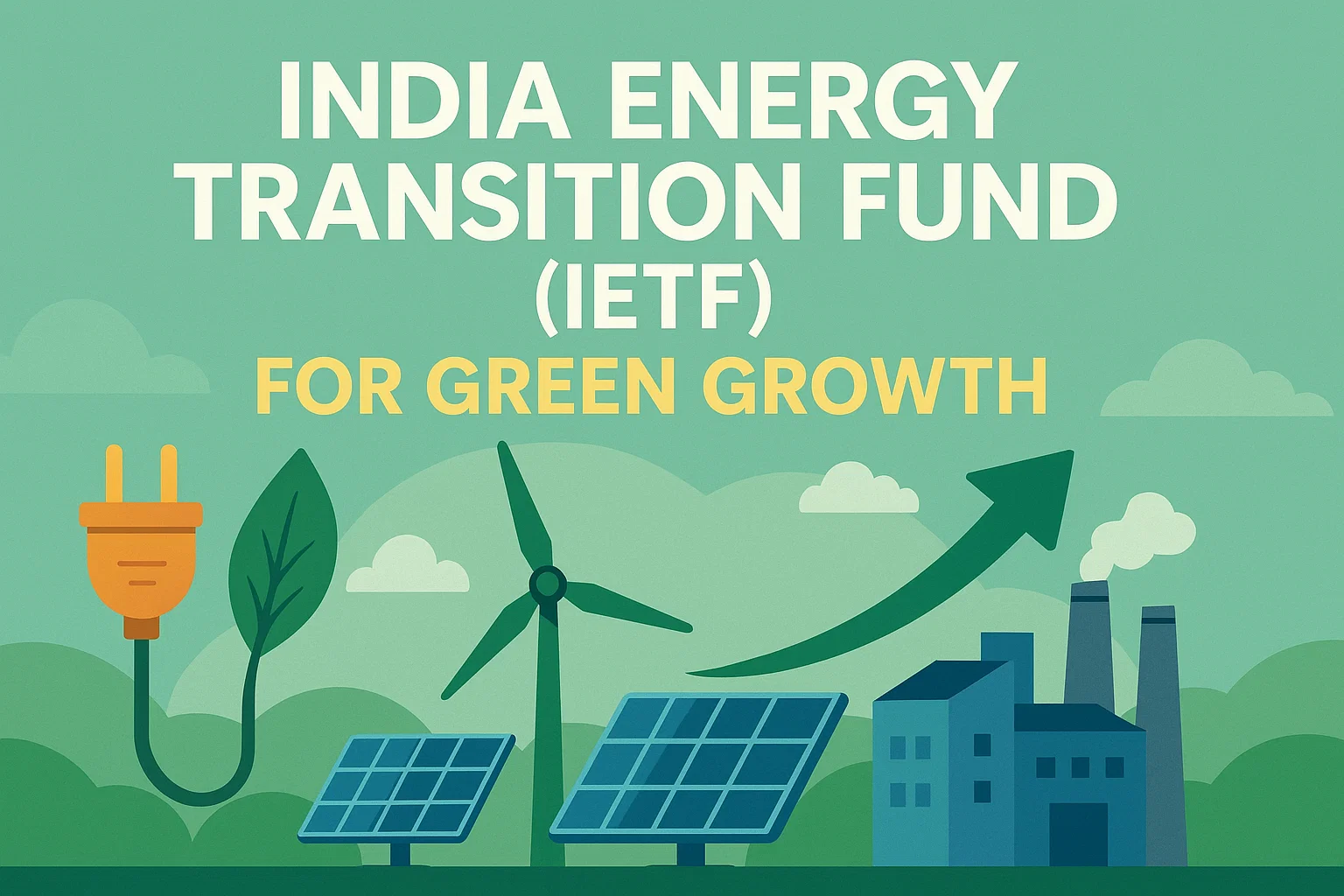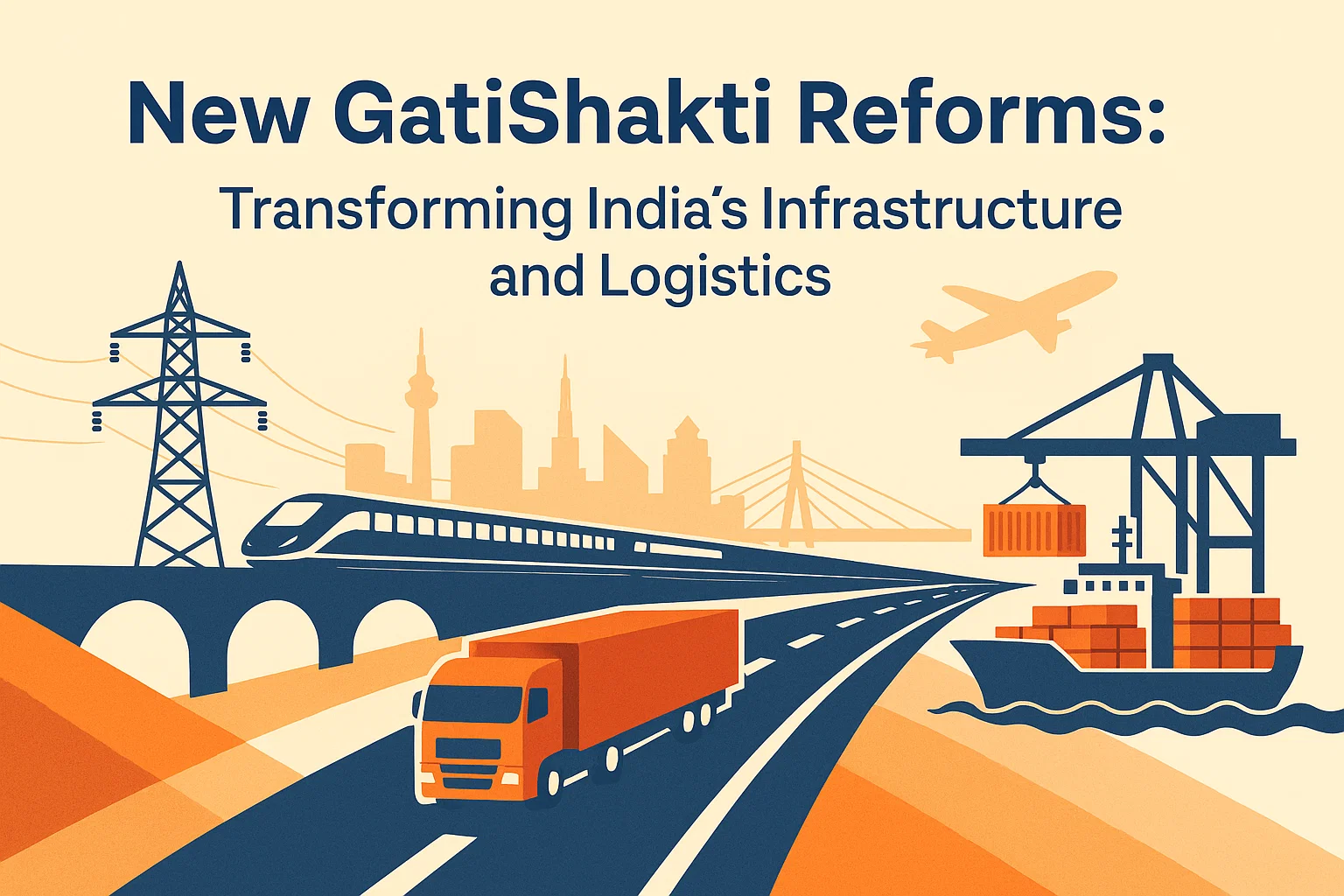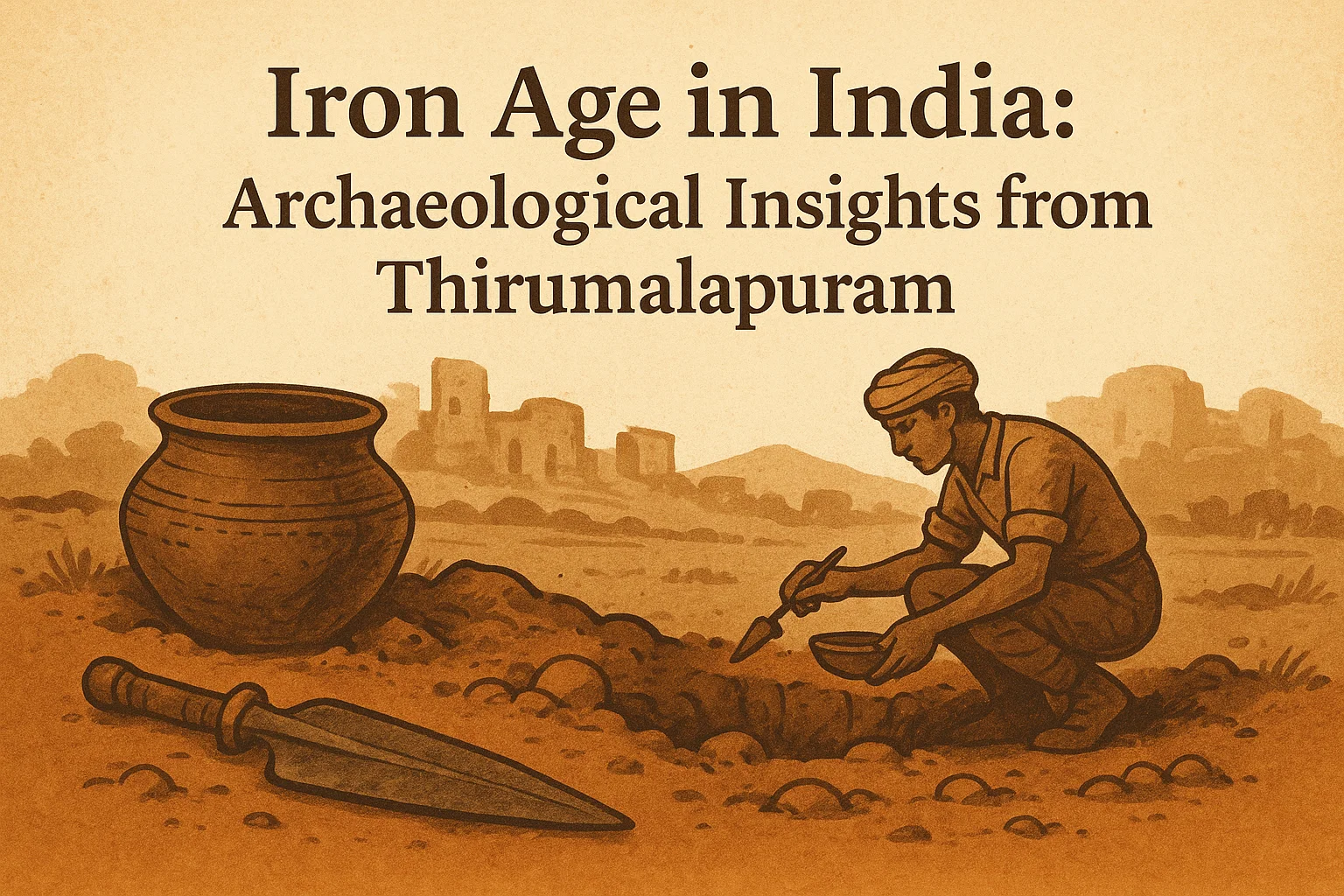Font size:
Print
Kaleshwaram Crisis Unfolds: Critical Lessons from India’s Mega Irrigation Blunder
Kaleshwaram Project Crisis: Unmasking the Shocking Engineering and Governance Failures
Context: India’s National Dam Safety Authority (NDSA) found irreparable damage in the structure of three barrages—Medigadda, Annaram, and Sundilla—part of the Kaleshwaram Lift Irrigation Project (KLIP).
- The crisis began on October 21, 2023, when pillar no. 20 of block 7 of the Medigadda Barrage sank, triggering flooding. Following this, the NDSA conducted a comprehensive inspection of all three barrages.
Significance of KLIP
- The Kaleshwaram Lift Irrigation Project (KLIP) is touted as the world’s largest multi-stage lift irrigation project, located on the Godavari River in Jayashankar Bhupalpally district, Telangana.
- Envisioned by former CM K. Chandrashekar Rao (KCR), aimed to irrigate arid northern Telangana, boost industrial water supply, and provide drinking water to rural and urban areas.
- The project symbolises the aspirations of post-bifurcation Telangana to achieve water security and agricultural prosperity.
Role of Institutions
- NDSA, a central statutory body under the Dam Safety Act, 2021, includes top national experts.
- The agency’s findings raise serious questions on governance, planning, and regulatory compliance during project execution.
Project Overview and Design
- Project Inception: Work began on June 21, 2019, under the BRS government.
- Water Distribution Plan (Total: 240 TMC):
- 169 TMC – Irrigation
- 30 TMC – Hyderabad municipal supply
16 TMC – Industrial usage
- 10 TMC – Drinking water for rural areas
- Water Sources:
- 195 TMC – Medigadda Barrage
- 20 TMC – Sripada Yellampalli Project
- 25 TMC – Groundwater
- Network Reach:
- 500 km spread across 13 districts
- 1,800 km canal network
- Lift Irrigation Mechanism:
- Water is lifted using pumps and surge pools, not through gravity, and stored in main delivery chambers at higher altitudes for distribution.
Economic Implications
- Total Project Cost: ~₹1.5 lakh crore
- Debt Obligations: Over ₹1 lakh crore, with high interest rates.
- Uncertain Returns:
- Risk of the project being declared a non-performing asset in terms of infrastructure investment.
- Farmers and industries deprived of promised water benefits.
The Engineering Crisis: Structural Failures and NDSA Findings
- Incident and Initial Response
-
-
- On October 21, 2023, pillar no. 20 of block 7 of the Medigadda Barrage sank, causing flooding.
- A team from the National Dam Safety Authority (NDSA) inspected the site and later conducted a comprehensive review of all three barrages – Medigadda, Annaram, and Sundilla.
-
- Key Structural Issues Identified
-
-
- The NDSA report (April 2025) found:
- Irreversible damage in Block-7 of Medigadda due to pier sinking, cracking, and tilting.
- Similar distress patterns like seepage, piping, and cavity formation in Annaram and Sundilla.
- Inadequate geotechnical investigations and failure of modelling studies.
- Absence of quality control, robust design, and maintenance protocols.
- The NDSA report (April 2025) found:
-
- Root Causes
-
- Design Deficiencies: Barrages were originally designed for 2 TMC flow but stored over 10 TMC, leading to foundational stress.
- Construction Defects:
- Began without approval of detailed project report (DPR) by Central Water Commission.
- Major deviations from approved designs.
- Operational Failures:
- No Operation & Maintenance (O&M) manuals.
- Poor handling of hydro-mechanical components.
Recommendations of NDSA Committee
- Immediate Stabilisation: Arrest ongoing distress and fill cavities under affected raft foundations.
- Comprehensive Geotechnical & Structural Reassessment:
- Use advanced geophysical methods and mathematical modelling.
- Conduct hydraulic design reviews using physical and digital models.
- Rehabilitation Plan:
- May include decommissioning or removal of irreparably damaged blocks.
- Ensure future interventions meet standards set by the Central Water Commission.
Way Forward: Lessons and Reform Agenda
- Engineering and Planning Reforms
-
-
- Ensure approval of DPRs by appropriate central agencies before project execution.
- Make hydraulic and structural modelling studies mandatory.
- Institutionalise third-party audits at critical phases of construction.
-
- Governance and Transparency
-
-
- Strengthen institutional accountability in public infrastructure.
- Public release of inspection reports, DPRs, and quality audits.
-
- Operation and Maintenance Protocols
-
-
- Develop and enforce O&M manuals.
- Train local personnel in dam safety practices.
-
- Legal and Institutional Oversight
-
- Empower NDSA with enforcement powers for corrective actions.
Review and update the Dam Safety Act, 2021 to cover mega irrigation projects comprehensively.


